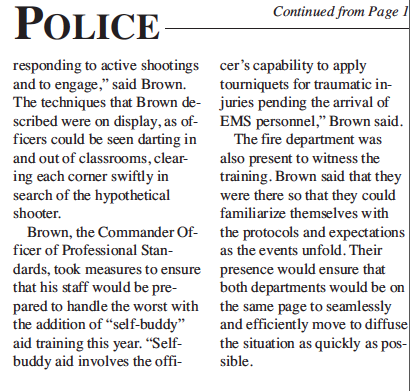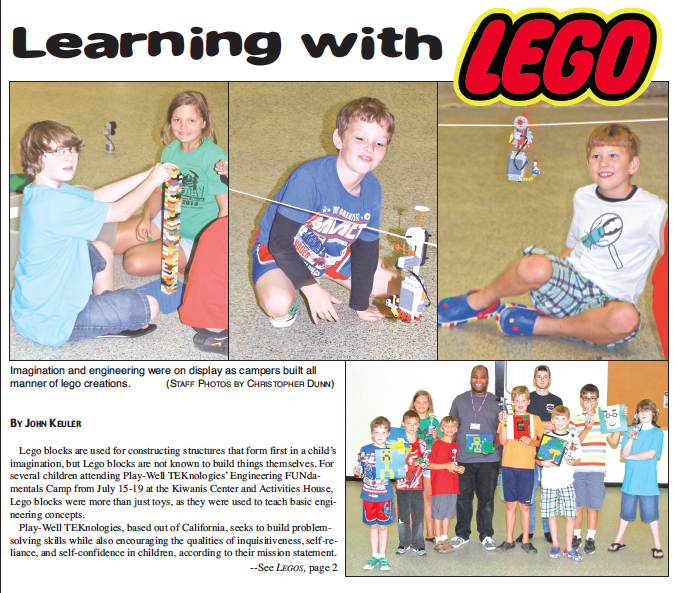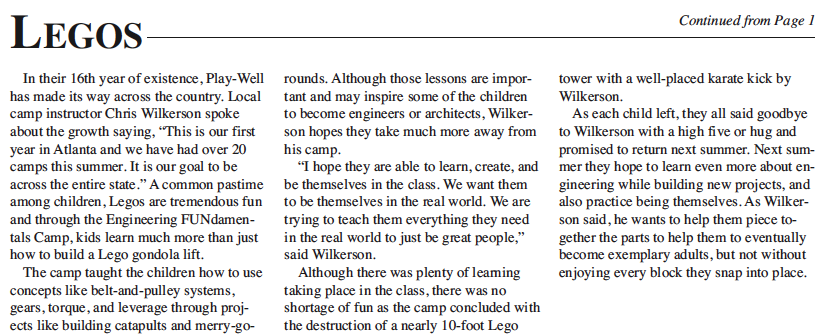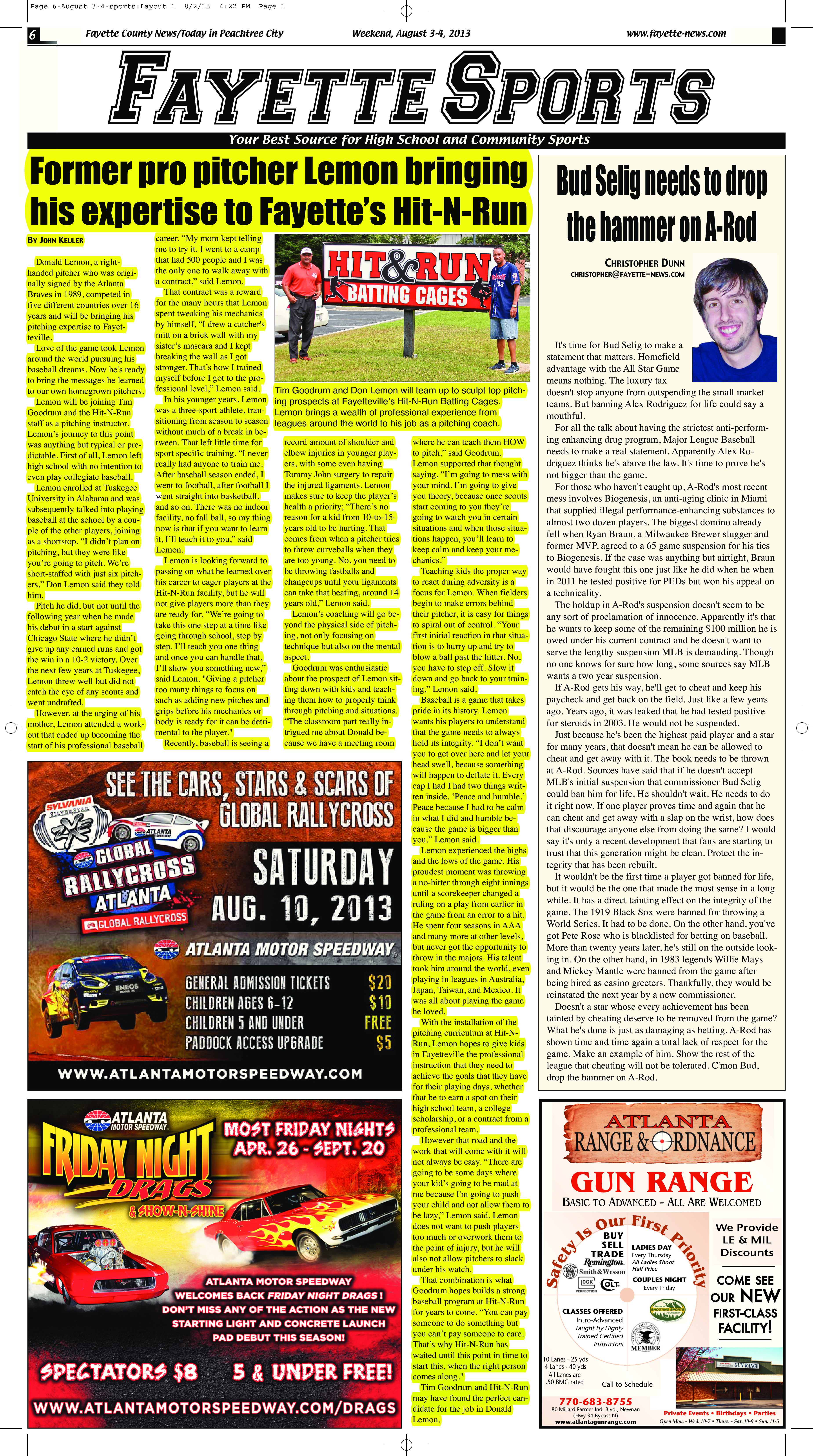Jesse Grossman sits comfortably in the back of Starbucks after combating Atlanta traffic to get to Emory Village. He normally rides his bike to Emory from his home in Virginia-Highland, but it will be dark soon and Grossman does not want to run the risk of biking home in the dark. “There’s no time for fun,” he says sarcastically, punctuating his jest with a smile.
Grossman’s sarcastic statement encompasses the attitude of the volunteer group that he founded. The group, called Community Bucket, is a collection of young professionals who seek to make a positive impact on Atlanta through service while simultaneously connecting with new people. Following the service project of the day, the group moseys over to a bar or tavern to socialize and celebrate its hard work.
In 2013, Community Bucket hosted 28 volunteer events ranging from cleaning up the Atlanta BeltLine, to sorting books to be sent to African children. These ev ents had a combined attendance of 500 different individuals. These specifics are good. However, that is only the beginning. In 2014, Community Bucket is introducing its corporate program.
ents had a combined attendance of 500 different individuals. These specifics are good. However, that is only the beginning. In 2014, Community Bucket is introducing its corporate program.
For a fee, Community Bucket will schedule and plan events for corporations to participate in. The past year, Grossman was able to turn a profit out of Community Bucket from the fees that individuals paid to work with Community Bucket. Grossman supports himself from the profit he makes through his company and also with freelance marketing jobs.
Grossman and his roommate from his senior year at Emory, Mike Guardalabene, had discussed starting a non-profit together. In the summer of 2012, the plan was set into action. Gathering friends, acquaintances, and friends of friends, Community Bucket held its first large service project and 75 volunteers attended. Realizing the potential of Community Bucket, as well as losing his interest marketing for large-scale businesses, Grossman quit his job in marketing in January 2013. “Building a brand from nothing and making it into something of value, as well as marketing for something I’m passionate about, I realize how much I enjoy it now,” says Grossman. He has tremendous enthusiasm for his brand, but it may not always be evident to outside observers.
Grossman speaks with a soft and calm tone, but at the same time he is never forced to raise his voice over the coffee beans grinding behind the Starbucks counter. The curly-headed Marietta-raised man has an intriguing balance of passion for his brand but that excitement hides behind a shy, but suave personality.
Jacey Lucus, a fellow millennial and official team manager for Community Bucket, shares the 25-year-old Grossman’s affinity for sarcasm, “His sarcasm is hilarious. He’s able to poke that in, but he knows when to be professional,” says Lucus. Professional and passionate are certainly two adjectives to describe Grossman.
“He is very welcoming, but very relaxed and lets people come to him,” says Lucus. Grossman goes against his natural shyness to greet volunteers at events, according to Guardalabene. “Jesse can speak to a crowd and command a presence, but he can also gravitate quickly back to being quiet and reserved,” said Guardalabene.
Guardalabene said that it actually took some time for him to get to know Grossman because of their shared shyness. Following their graduation in 2010 from Emory, Grossman and Guardalabene traveled to South America together for five weeks, “That’s where I got to know him best,” said Guardalabene. Grossman is an explorer of sorts, always looking for a new favorite restaurant around Atlanta, naming Brick Store Pub, Woo Nam Jeong Stone Bowl House, and Fellini’s as his top three destinations. On his weekends, Grossman lives an active lifestyle. “I generally try to get outside somehow,” says Grossman, sporting a Columbia athletic shirt and blue jeans.
Leaning back with his elbow resting on a neighboring chair, Grossman gives off relaxed vibes, but maybe it’s the calm ones you have to worry about most. “His purpose in life, the reason he’s on this earth, is to pull practical jokes on people,” said Guardalabene. His calm, cool, and collected demeanor likely helped him to keep a straight face during any prank Grossman pulled on Guardalabene.
That same attitude is beneficial for crisis management for when things go wrong around Community Bucket. A location for a service project recently fell through but Grossman handled it, according to Lucus. “He was able to make calls, work it out, maybe freak out for a bit. But he stepped up and made it happen. I really only have great things to say about him,” said Lucus.
A unique mix of prankster, explorer, and entrepreneur, Grossman is a balanced person who is not afraid to chase down his passion. Luckily for Atlanta, Grossman’s passion is social work, and Community Bucket is his outlet. Grossman’s former roommate gave a description of Grossman that might mirror Community Bucket’s personality. “Jesse’s a mix of serious and laid-back,” said Guardalabene. Oddly enough, Grossman described how he hoped people approach an event with Community Bucket with a similar phrase that Guardalabene used described to Grossman. “Let’s work hard but try not to take it too seriously.”










